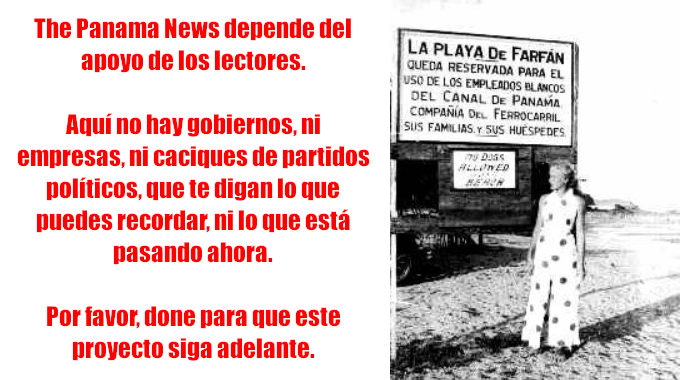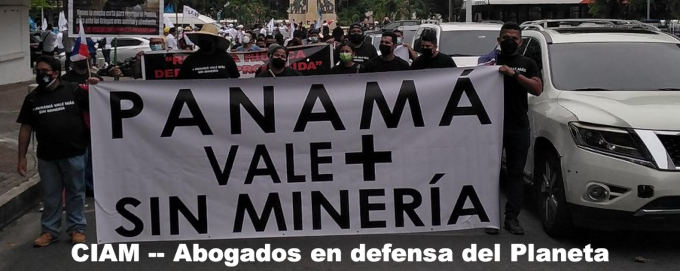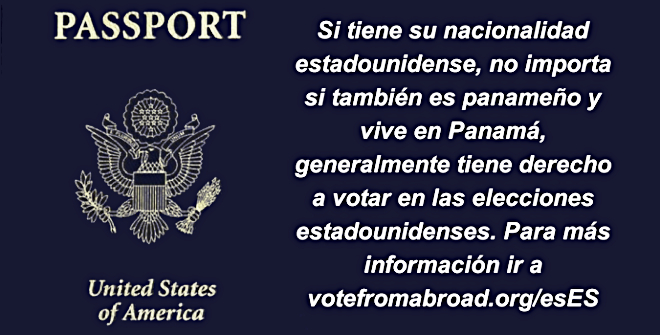None of Israel’s enemies pose a greater danger to Israel than Netanyahu and his messianic government. US State Department photo.
Israel’s most dangerous enemy
by Alon Ben-Meir
Never in Israel’s history have Israeli-Palestinian relations been more poisonous than under Netanyahu’s nearly uninterrupted 17-year-long reign. It is now incumbent upon every Israeli, young and old, man and woman, to realize that Netanyahu’s rule brought Israel to this unprecedented, perilous state of affairs. I make this statement because I genuinely believe that Netanyahu’s ideological bent, self-indulgence, insatiable thirst for power, and illusions about Israel’s future are sliding Israel ever more precipitously toward the abyss. Hamas’ ferocious attack and the disastrous war that followed is the culmination of a series of tragic mistakes that Netanyahu had committed over the years.
In defiance of any logic, reason, and reality, Netanyahu has opposed throughout his entire political career the establishment of a Palestinian state and has sworn to prevent that from ever happening with absolute zeal. Whereas he was determined to thwart any attempt that could lead to that end, he had been gripped by the illusion that he could find a solution to the Israeli-Palestinian conflict that precludes such a state yet allows Israel to still coexist peacefully with the Palestinians.
The tragedy is that he has been completely dismissive of the fact that the Palestinian problem will not fade away and will continue to haunt the Israelis. And worse yet, he has contributed directly and wittingly to the horrific disaster in which Israel and the Palestinians are thrust today.
From the day he rose to power in 1996, he was resolute and made no secret of his desire to scuttle the 1993 Oslo Accords. In 2001, in a private conversation with relatives of terror victims, he said: “I actually stopped the Oslo Accords.” And in December 2023, he stated at a press conference, “I will not let the State of Israel go back to the fateful mistake of Oslo.”
Since Oslo laid the foundation for Palestinian statehood, Netanyahu stopped short of nothing to sabotage it to prevent such a state from being realized. This was enshrined in the original Likud Party platform, 1977: “The right of the Jewish people to the land of Israel is eternal and indisputable…” In 1997, Netanyahu reaffirmed this view: “This is the land of our forefathers, and we claim it to the same degree that the other side claims it.” And during his United Nations General Assembly speech last September, Netanyahu displayed a map that shows Israel encompassing all of Mandatory Palestine – Israel, the West Bank, and Gaza.
To make his case, Netanyahu skillfully and consistently portrayed the creation of a Palestinian state as a mortal danger to Israel. He stated in January 2024: “My insistence is what has prevented — over the years — the establishment of a Palestinian state that would have constituted an existential danger to Israel. As long as I am prime minister, I will continue to strongly insist on this.”
To cement his opposition to a Palestinian state, Netanyahu embarked surreptitiously on creeping annexation of Palestinian land in the West Bank. In defiance of the international community, he pushed for establishing new and expanding existing settlements, and legalizing illegal ones. In February 2023, in response to reports of a settlement freeze, he countered: “Construction and legalization in Judea and Samaria will continue according to the original planning and construction schedule, without any changes.”
Since 2007, following Hamas’s overthrow of the Palestinian Authority in Gaza, Netanyahu imposed a blockade, claiming that Hamas poses an existential danger to Israel. True, while Hamas’ leaders professed that much publicly, Hamas never posed such a danger to Israel as they have never had the military capacity to do so. But Netanyahu’s repeated assertion was calculated to serve his political interest. In response to Hamas’ provocations, he was happy to dispatch his troops to Gaza several times to “mow the lawn,” to keep Hamas at bay and bolster his badly-sought reputation as “Mr. Security.”
Netanyahu’s public posture against Hamas was misleading and designed for public consumption. He knew all too well that Hamas was shaped into what it is today by Israel going back more than a decade before he became prime minister in 1996. Former Brigadier General Yitzhak Segev, who was the Israeli military governor in Gaza in the early 1980s, told a New York Times reporter that he had helped finance Hamas as a “counterweight” to the secularists and leftists of the Palestine Liberation Organization (PLO) and the Fatah party, stating “The Israeli Government gave me a budget and the military government gives to the mosques.” And Avner Cohen, a former Israeli religious affairs official who worked in Gaza for two decades, told the Wall Street Journal in 2009 that “Hamas, to my great regret, is Israel’s creation.”
No one has strengthened Hamas’s military more than Netanyahu. It is under his watch that Hamas became a more potent force than it was ever before. Netanyahu was happily funneling billions of dollars from Qatar to Hamas, of which Hamas dedicated 55 percent to buying and manufacturing weapons, building 350-mile-long tunnels, and recruiting and training tens of thousands of fighters, preparing them for urban warfare beyond anyone’s wild imagination. In March 2019, Netanyahu stated that “Whoever opposes a Palestinian state must support the delivery of funds to Gaza because maintaining separation between the Palestinian Authority in the West Bank and Hamas in Gaza will prevent the establishment of a Palestinian state.” All along, Netanyahu has convinced himself that Hamas is under control and that the Palestinians will succumb to living in Gaza in an open-air prison.
And then came Hamas’s unfathomably horrific attack, where 1,200 Israelis were savagely murdered and 250 abducted, laying 20 Israeli communities in ruin under his watch. But, of course, leave it to the shameless Netanyahu to refuse to take any responsibility, blaming the Israeli intelligence and everybody else for the colossal failure of his own making that fundamentally amended the status quo. Netanyahu is now bent on making matters even worse.
The Israeli retaliation was undoubtedly justified, but in the manner the war was carried out, there were strong elements of revenge and retribution that no calculus could justify. The killing of 37,000 Palestinians, among them more than 50 percent women and children (albeit only 12,800 have so far been positively identified), while laying more than half of Gaza in ruin, transcends any proportionality and indeed is tantamount to war crimes. This unfolding horror obscured Hamas’ butchering of 1,200 innocent Israelis in cold blood courtesy of Netanyahu’s catastrophic mistake, and how he executed the war enraged the international community, putting Israel and its people to shame.
But then leave it to the masterful manipulator to paint the whole war as an existential threat to justify the often-indiscriminating bombardments, claiming: “I think we’ve responded in a way that goes after the terrorists and tries to minimize the civilian population in which the terrorists embed themselves and use them as human shields.” But then, how do you square that statement with what he said on November 2023: “You must remember what Amalek has done to you, says our Holy Bible. And we do remember”
The first Book of Samuel states:
I will punish the Amalekites for what they did to Israel when they waylaid them as they came up from Egypt. Now go, attack the Amalekites and totally destroy all that belongs to them. Do not spare them; put to death men and women, children and infants, cattle and sheep, camels and donkeys.
Then, in December 2023, he pledged, “We are not stopping, and we will not stop until we are victorious.
What kind of victory? Victory is celebrated if it ushers in a new era—an era of sustainable peace and promising horizon, not a new opening of an even greater inferno with the Palestinians, which will surely follow. Netanyahu’s continued refusal to articulate a sensible exit strategy from Gaza and his persistent rejection of the Palestinian right to statehood will only pave the way for the next catastrophic war that may well involve other regional actors, making this war anything but a rehearsal.
Netanyahu’s disdainful criticism of Biden
Netanyahu knows how indispensable the United States is to Israel, as no country has provided Israel with more financial, military, and political support than the USA. And no American president has ever been more supportive and committed to Israel’s security than President Biden. But then, leave it to the most loathsome Netanyahu, who dares to criticize the president for suspending the shipment specifically of 2,000-pound bombs to continue with his devastating bombardment of Rafah that could indiscriminately kill thousands of innocent civilians.
On June 18, 2024, Netanyahu shamelessly stated: “It is inconceivable that in the past few months, the administration has been withholding weapons and ammunition to Israel.” And on June 23, 2024, he again brazenly stated: “Four months ago, there was a dramatic decrease in the munitions coming from the US to Israel… We received all sorts of explanations, but we didn’t receive one thing: the basic situation did not change. Certain items arrived in trickles, but the munitions at large remained behind.” In reality, only one shipment of “high-payload munitions” was paused in May.
Even if this were true, only an ungrateful fool would publicly make such an ill-thought-out statement for the whole world to hear. This character is scheduled to speak at a joint session of the US Congress on July 24. Inviting him at this particular juncture will do nothing but disgrace Congress. Netanyahu has repeatedly defied President Biden, and giving him the prestige to address Congress is nothing but a slap in Biden’s face.
Moreover, bestowing him this honor before he agrees on an endgame to the war further strengthens his resolve to prolong the war in order to stay in power. Netanyahu’s speech will drive a deeper wedge between the Democrats who support versus those who are against the war. Known for his strong affinity to the Republican party, coming to Congress amid presidential elections, Netanyahu will allow Republican leaders to show more support to Israel than the Democrats. Indeed, there is no depth that Netanyahu will not stoop to only to see Trump be re-elected, believing that Trump will give him free rein to do whatever he wants to the Palestinians.
To sum up Netanyahu’s saga, he, more than any other individual in Israel’s history, tried to destroy every pillar on which Israeli-Palestinian coexistence must inevitably rest. Since he returned to power in 2008, he has spared no effort to make the Palestinians’ lives unbearable. His successive governments have systematically been oppressing the Palestinians, especially in the West Bank, subjecting them to forced evacuation, administrative detention, and night raids, demolishing their homes, and expropriating their land. At the same time, several hundred are being killed every single year. All the while, he let settlers harass and intimidate the Palestinians, poison their wells, uproot their trees, and block them from grazing on their land, forcing many to leave their villages in desperation.
Failing to cleanse the territories ethnically, Netanyahu’s actions only poisoned the minds of yet another Palestinian generation who now live with ever deeper hatred toward Israel, waiting to exact blood from the country they view as their existential enemy. More alarmingly, as the war rages on, one cannot escape the evidentiary conclusion that Netanyahu has become Israel’s most insidious and dangerous enemy from within.
All Israelis who care about their country’s future must rise and demand the immediate resignation of this corrupt and brazen creature who inflicted untold damage on the only Jewish state, making it a pariah state. It will take many years before Israel recovers, but only if it recognizes the Palestinians’ unmitigated reality and forges peace based on a two-state solution.
Dr. Alon Ben-Meir is a retired professor of international relations, most recently at the Center for Global Affairs at NYU. He taught courses on international negotiation and Middle Eastern studies
Contact us by email at thepanamanews@gmail.com
To fend off hackers, organized trolls and other online vandalism, our website comments feature is switched off. Instead, come to our Facebook page to join in the discussion.
These links are interactive — click on the boxes

>


 The classroom is already digital, why isn’t digital literacy a priority? Getty Images
The classroom is already digital, why isn’t digital literacy a priority? Getty Images![]()


























